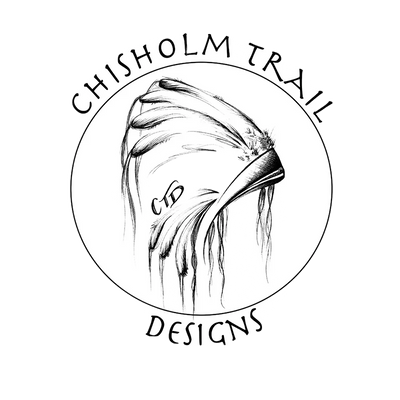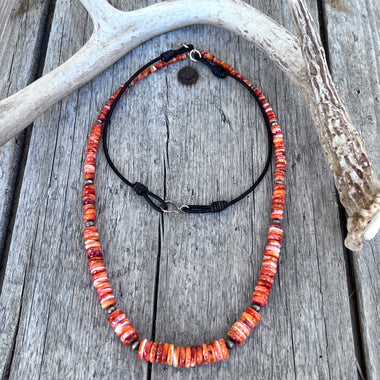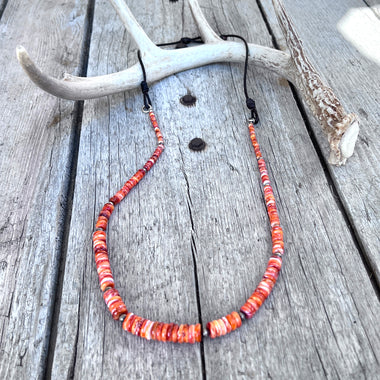Nobody wants to wear fake stuff – especially when it is so easy to spot.
Turquoise is a particular case.
Natural turquoise is pretty rare. It’s beautiful when well-crafted in a piece of jewelry.
Like all materials, sources matter.
We believe the source is as important as the jewelry we make, because both tell a story.
Our handcrafted silver pieces are individual – no two exactly alike.
Our turquoise comes mostly from the Kingman Mine, near the Hoover Dam, and other sources where we meet directly with the mine owners.
To source Kingman, Royston and other well-known turquoise, we visit trade shows requiring credentials to get in – and we meet with the owners.
True natural turquoise is getting harder to find and thus rarer. Wearing Kingman turquoise jewelry is becoming a statement in discernment.
Without an education in minerals, how can you determine what's real or what's fake?
Here tips for shopping for real turquoise:
- Real turquoise does NOT have white spots. Some stones look like Turquoise but they are not – they may be Howlite or Magnesite.
- If the stone is warm to the touch, is more likely to be fake.
- If the matrixing appears to have a repeating pattern, might be fake.
- If the color can be scratched away with your fingernail or removed with acetone (nail polish remover), it is not real.
Don’t scratch the front of stone. If it is real, you have damaged its surface. If the back side of the stone is visible you can give it a little scratch there.
- Price. If it is inexpensive, then the age-old adage “if it is too good to be true, then it probably isn’t”.
These tips should help you obtain real turquoise - a story in itself - as well as a piece you will love for a long time.


















